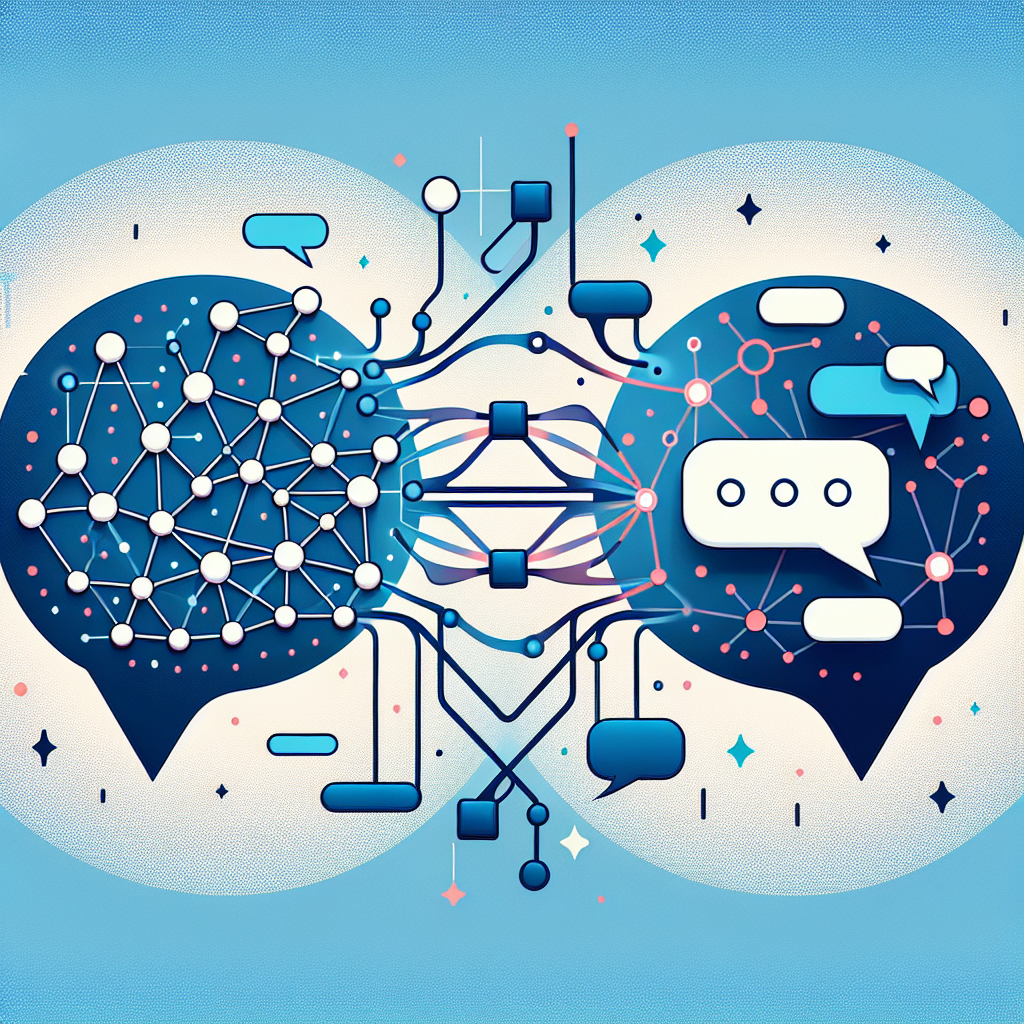Fix today. Protect forever.
Secure your devices with the #1 malware removal and protection software
Generative Adversarial Networks (GANs) are a powerful type of machine learning model that has been making waves in the field of artificial intelligence. These models have been primarily used in image generation tasks, such as creating realistic images of faces or landscapes. However, recent research has shown that GANs can also be applied to Natural Language Processing (NLP) tasks, opening up a whole new world of possibilities.
In this article, we will explore the intersection of GANs and NLP, and take a deep dive into how these two technologies can be combined to create innovative solutions for various NLP tasks.
First, let’s take a closer look at GANs. GANs consist of two neural networks – a generator and a discriminator – that are trained simultaneously through a process of competition. The generator generates samples, such as images or text, while the discriminator tries to distinguish between real and generated samples. Through this adversarial training process, the generator learns to create more realistic samples, while the discriminator becomes better at detecting fake samples.
In the context of NLP, GANs can be used to generate text that is indistinguishable from human-written text. This opens up a wide range of applications, such as text generation, paraphrasing, and even machine translation. By training a GAN on a large corpus of text data, the generator can learn the patterns and structures of human language, allowing it to generate coherent and contextually relevant text.
One of the key challenges in applying GANs to NLP tasks is the lack of a clear objective function. Unlike image generation tasks, where the quality of generated images can be easily evaluated using metrics such as Inception Score or Frechet Inception Distance, evaluating the quality of generated text is much more subjective. Researchers are still exploring different approaches to measuring the performance of GANs in NLP tasks, such as using human evaluators or incorporating language models as additional metrics.
Despite these challenges, the potential of GANs in NLP is vast. By combining the power of GANs with other NLP techniques, such as transformers or recurrent neural networks, researchers are able to create sophisticated models that can generate text with high fidelity and coherence. These models can be used in a wide range of applications, from chatbots and virtual assistants to content generation and data augmentation.
In conclusion, the intersection of GANs and NLP represents a promising area of research that has the potential to revolutionize the way we interact with and generate text. By leveraging the power of GANs to generate realistic and coherent text, researchers are pushing the boundaries of what is possible in the field of NLP. As this field continues to evolve, we can expect to see even more exciting developments that will shape the future of artificial intelligence and natural language processing.
Fix today. Protect forever.
Secure your devices with the #1 malware removal and protection software
#Exploring #Intersection #GANs #NLP #Deep #Dive,gan)
to natural language processing (nlp) pdf

Leave a Reply
You must be logged in to post a comment.